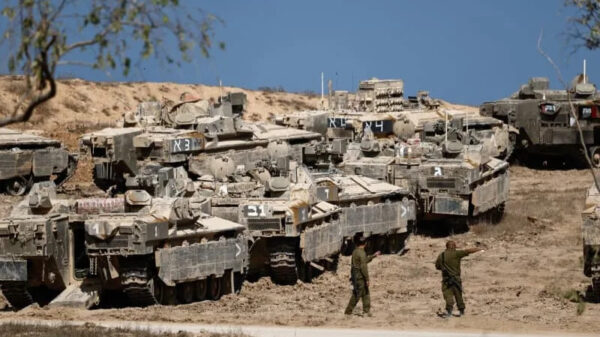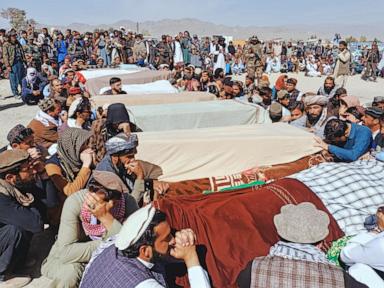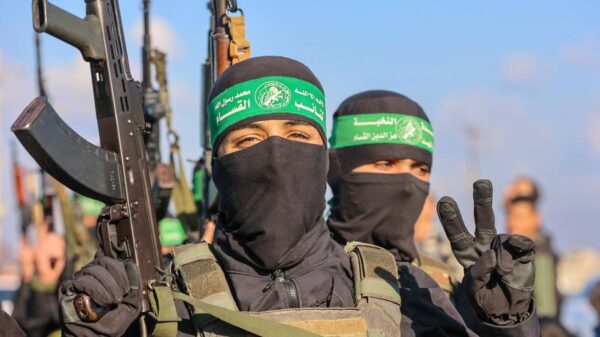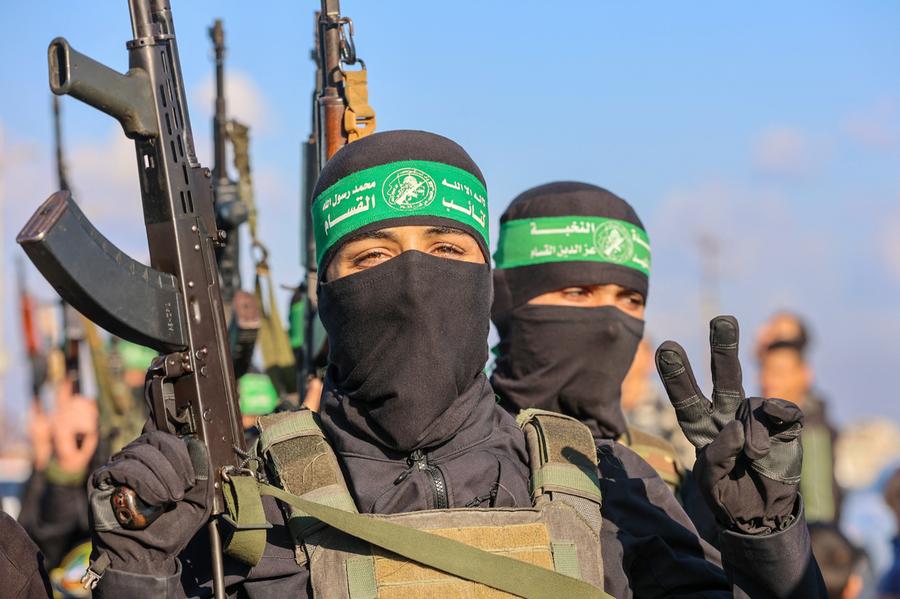Israeli airstrikes targeted locations in Gaza following attacks by Hamas fighters on Israeli troops in Rafah. This escalation raises concerns about the stability of a ceasefire that was recently established. An official from the Israeli Defense Forces (IDF) stated that Hamas conducted “multiple attacks against Israeli forces beyond the yellow line,” a designated area that Israel had retreated to when the ceasefire began earlier this week.
In response to the violence, Hamas official Izzat al-Rishq asserted that the group remains “committed to the ceasefire agreement.” He accused Israel of “violating the deal and fabricating pretexts to justify its crimes.” The conflicting statements highlight the fragile nature of the current truce.
US Issues Warning and Shares Intelligence
The airstrikes occurred shortly after the United States indicated it had “credible evidence” suggesting that Hamas was planning an attack on Gazan civilians. A warning from US authorities stated: “Should Hamas proceed with this attack, measures will be taken to protect the people of Gaza and preserve the integrity of the ceasefire.”
US President Donald Trump emphasized the seriousness of the situation earlier this week, stating, “If Hamas continues to kill people in Gaza, which was not the deal, we will have no choice but to go in and kill them.” This statement underscores the US’s commitment to maintaining peace in the region while protecting civilians.
The intelligence regarding the potential attack was also shared with key guarantors of the peace deal, including Egypt, Qatar, and Turkey. These nations have joined the US and Israel in urging Hamas to adhere to the terms of the ceasefire, which has been under strain since the recent hostilities erupted.
The situation remains tense as both sides navigate the complexities of the ceasefire agreement. The international community continues to monitor developments closely, with hopes that diplomatic efforts can restore stability in the region.







































































